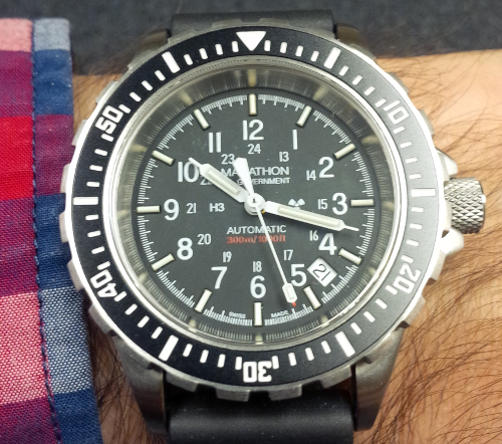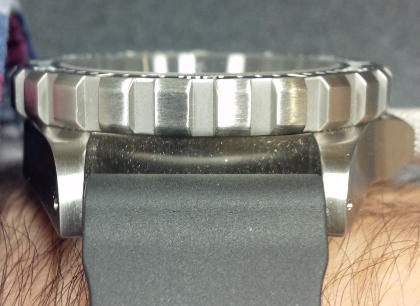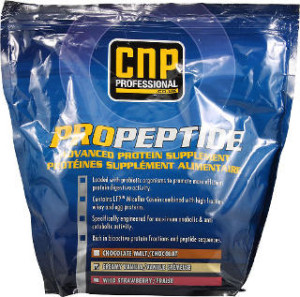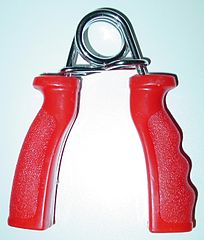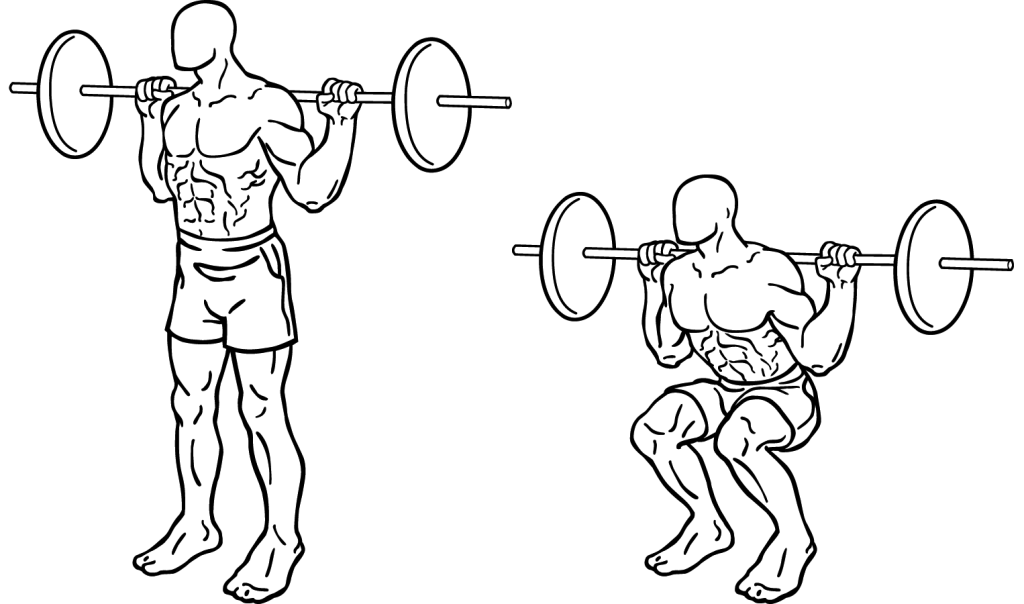There are historic records of oats being farmed many millennia ago, with the wild strain having been on Earth for much longer. But their widespread use as a grain crop for human consumption is much more recent as before that, they were grown primarily as feed for horses. There is apparently a saying from Britain that goes something like “oats are eaten by people in Scotland, but fit only for horses in England” to which the Scots (who are quite famous for their oats) would retort that this must be why “England has such good horses, and Scotland has such fine men!”
Oats today are a key ingredient of many breakfast cereals, nutritional bars, and other products consumed by millions with particular popularity in North America and Europe.
Health Benefits of Oats
Boost Heart Health – the most recent claim to fame of oats has been their role in improving heart health, which is often attributed to the high amount of soluble fiber (beta glucan) found in most oat products. Oatmeal also contains key minerals like potassium and calcium which can improve the blood pressure profile by reducing it.
Fight Diabetes – the complex carbohydrates and fiber found in oats can help this modern day epidemic and are a far cry from the more processed carbs/sugars found in most processed breakfast cereals. The low glycemic index of oats (between approximately 42 and 55) can help reduce the risk of diabetes and related metabolic disorders as once consumed; they are digested slowly and help improve insulin sensitivity by not raising blood sugar.
Boost Energy Levels – oats make for excellent morning and pre-workout meals as the complex carbohydrates provide your body with steady source of energy. When eaten in the morning along with a good source of protein, they will also encourage satiety (a longer feeling of fullness). This can help avoid the mid-morning cravings and even lead to better weight management.
Types of Oats
They are included in many cereals and baked products but the real deal are still found in one of two basic forms.
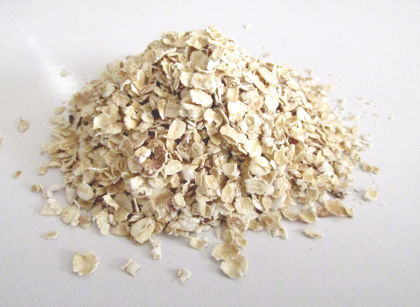
Rolled Oats – this is when the grain is steamed and rolled out. The extent of the processing dictates whether you end up with old fashioned, flaked, quick oats and instant oatmeal. I avoid the instant oatmeal – especially the kind sold in packets with lots of sugar and a highly processed version of the grain. Old fashioned or large flaked oats are good and can be ready to eat with just boiling water or a quick cook in the microwave.
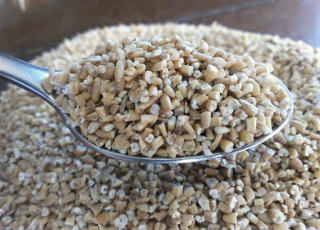
Whole Grain Oats – as the name suggests these are not rolled and instead look like cylindrical grains. Preparing them requires a lot of time for a proper soak and cooking. These whole grains can also be cut, thus yielding smaller grains and are commonly referred to as steel cut or Irish/Scotch oats. Its what grandma used to make porridge way back in the day. They are also my preferred choice for oatmeal and though some require long cooking, I have found that the Bob’s Red Mill brand’s quick steel cut oats will cook just fine with boiling kettle water in about 15 minutes.
This is why I have been a huge proponent of this grain as part of my special breakfast oatmeal:
Fitness Guru’s Power packed Oatmeal
¼ cup quick steel cut oats
2 tablespoons granola
1 tablespoon chia seeds
1 teaspoon virgin coconut oil
1 scoop of whey protein powder
Milk or another liquid of choice if needed
- Combine the first four ingredients in a bowl
- Add approximately a cup of boiling hot water (water should be about an inch above the mixture)
- Stir well, cover the bowl and leave it for 15 minutes
- Remove the cover and stir in the scoop of whey protein powder (add some more water or other liquid of your choice like almond/hemp or cow’s milk until the oatmeal reaches your preferred consistency)
Continue reading Oats and oatmeal: real breakfast of champions
